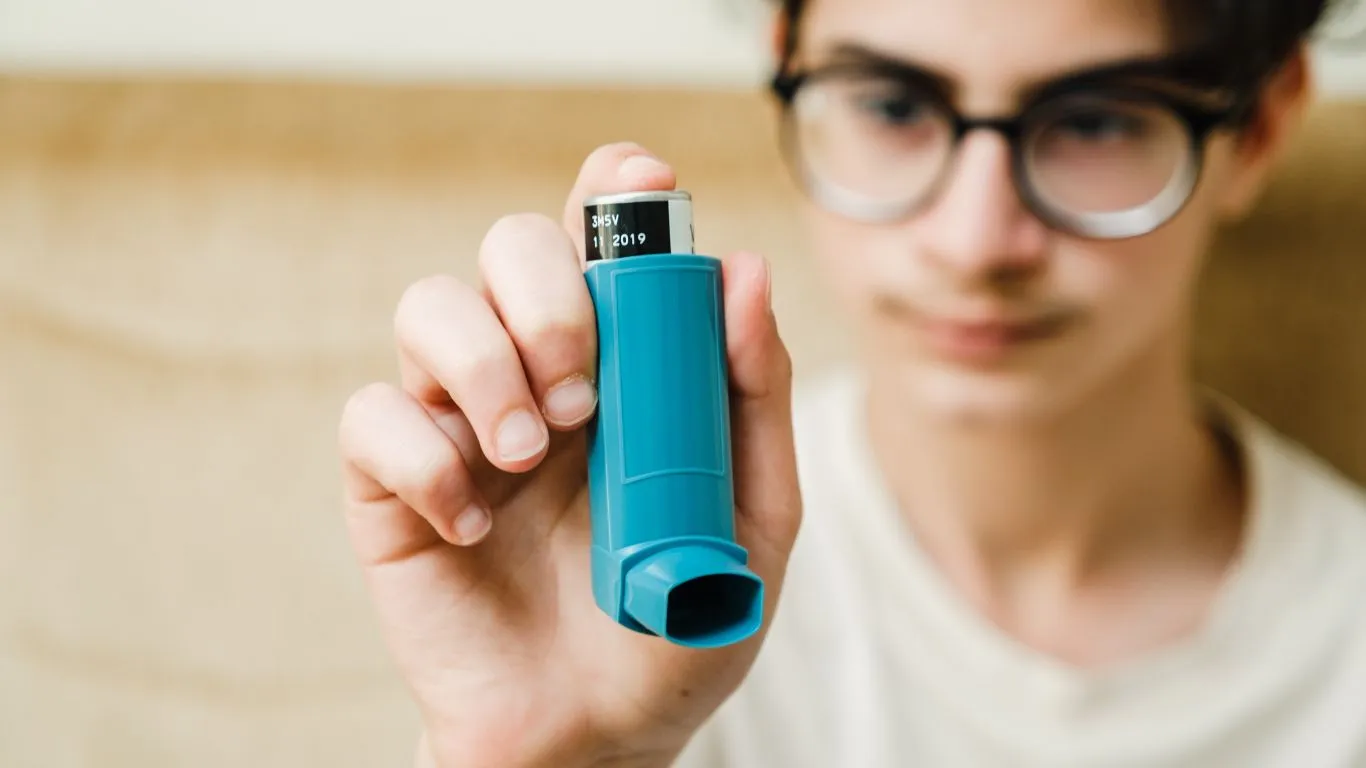Worst Foods to Avoid During Asthma Flare-Ups
Asthma is a common lung condition that makes it harder to breathe. During an asthma flare-up, the airways in your lungs become inflamed and narrow, making it difficult for air to move in and out. While medications and avoiding triggers are key parts of managing asthma, what you eat can also play a role. Some foods may make symptoms worse or increase inflammation, which can lead to more frequent or severe flare-ups. Knowing which foods to avoid can help you feel better and breathe easier.
Understanding Asthma and the Role of Food
Asthma affects the airways — the tubes that carry air in and out of your lungs. When you have asthma, your airways can become swollen, tight, and filled with extra mucus. This makes breathing harder and can cause coughing, wheezing, chest tightness, or shortness of breath.
Certain foods don’t cause asthma, but they can make symptoms worse. This can happen in different ways, such as triggering inflammation, causing an allergic reaction, or increasing acid reflux, which can irritate the lungs. Understanding how your body reacts to what you eat can help you avoid foods that may trigger or worsen symptoms.
How Diet Can Affect Asthma
Your immune system plays a big role in asthma. When it overreacts to something harmless — like pollen or dust — it causes swelling and mucus in your airways. Some foods can make this immune response worse by causing inflammation or allergic reactions.
Foods can also impact asthma indirectly. For example, being overweight can put pressure on the lungs, and some foods may lead to weight gain. Acid reflux, which happens when stomach acid backs up into your throat, can also make asthma symptoms worse. Certain foods are known to trigger reflux and should be avoided if this is a problem for you.
Foods to Avoid During Asthma Flare-Ups
While everyone reacts differently, some foods are more likely to worsen asthma symptoms. Here’s a look at the most common ones:
1. Dairy Products
- Milk, cheese, yogurt, and ice cream can increase mucus production in some people.
- Thick mucus can make it harder to breathe during a flare-up.
- Some people may also have a dairy allergy that worsens asthma symptoms.
Try dairy alternatives like almond, soy, or oat milk if you notice symptoms after consuming dairy.
2. Processed Foods and Fast Food
- These foods often contain preservatives, artificial colors, and additives that can trigger inflammation.
- Sulfites, often found in processed potatoes, dried fruits, and wine, may trigger asthma in sensitive people.
- Trans fats and high amounts of salt can increase airway inflammation.
Focus on fresh, whole foods to support lung health and reduce flare-ups.
3. Salty Foods
- High salt intake may make the lungs more sensitive to irritants.
- It can also increase water retention, which may affect breathing.
Try using herbs and spices for flavor instead of salt, and check labels for hidden sodium.
4. Acidic and Spicy Foods
- Tomatoes, citrus fruits, and spicy dishes can trigger acid reflux.
- Acid reflux can irritate your airways and worsen asthma symptoms.
If you notice chest tightness or coughing after eating these foods, try reducing how often you eat them.
5. Foods with Sulfites
- Found in wine, dried fruits, pickled foods, and shrimp.
- Sulfites can cause wheezing and asthma attacks in sensitive people.
Always check ingredient labels if you suspect sulfite sensitivity.
6. Gas-Producing Foods
- Beans, cabbage, carbonated drinks, and onions can cause bloating and pressure on the diaphragm.
- This pressure can make it harder to breathe, especially during a flare-up.
Limit these foods if you notice bloating makes your breathing worse.
7. Allergen Triggers (If You Have Food Allergies)
- Common allergens include peanuts, shellfish, eggs, and tree nuts.
- Even mild food allergies can cause inflammation that may affect your asthma.
If you have food allergies and asthma, it’s important to manage both carefully.
Symptoms That May Be Linked to Food Triggers
It’s not always easy to tell when food is making asthma worse. But some signs might include:
- Coughing or wheezing soon after eating
- Tightness in the chest after meals
- Heartburn or acid reflux
- Feeling bloated or overly full
- Increased mucus or throat clearing
Keep a food diary to track what you eat and how you feel. This can help you and your doctor find patterns and avoid flare-up triggers.
When to Talk to Your Doctor
If you notice that certain foods seem to make your asthma worse, bring it up at your next doctor’s visit. They can help you figure out whether you have food sensitivities or if other conditions like acid reflux are affecting your symptoms.
Also, see your doctor if you’re having more flare-ups than usual, needing your inhaler more often, or waking up at night with breathing problems. These could be signs that your asthma plan needs adjusting.
Some people benefit from seeing a registered dietitian who can help design a meal plan that supports lung health and reduces triggers.
Remember, managing asthma isn’t just about avoiding triggers — it’s about finding what works best for you. Eating well, staying active, and following your treatment plan can all help you breathe easier and stay in control of your symptoms.

Bianca Nala is a compassionate Nurse Practitioner with a strong background in primary and respiratory care. As a health writer for Healthusias.com, she combines her clinical expertise with a talent for clear, relatable storytelling to help readers better understand their health. Bianca focuses on topics like asthma, COPD, chronic cough, and overall lung health, aiming to simplify complex medical topics without losing accuracy. Whether she’s treating patients or writing articles, Bianca is driven by a single goal: making quality healthcare knowledge accessible to everyone.






